Recent Articles
Popular Makes
Body Types
2021 Chevrolet Bolt EV Road Test and Review
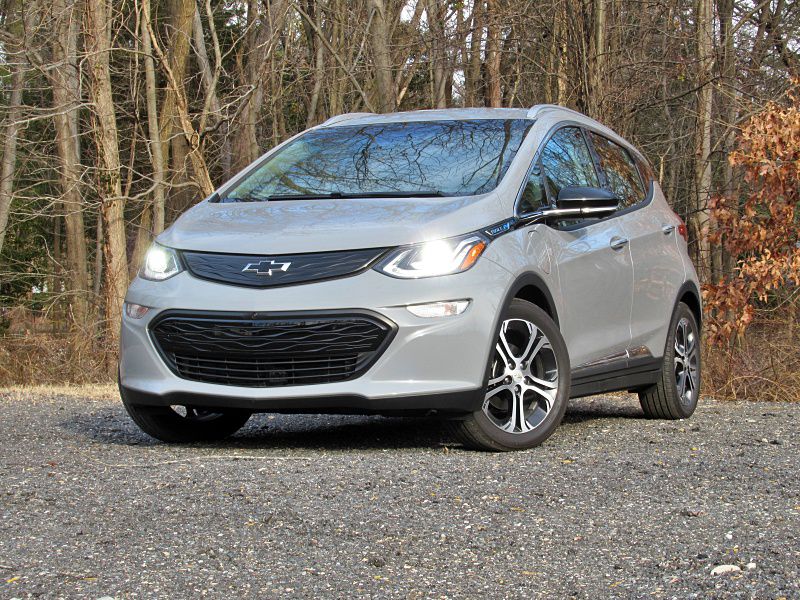
2020 Chevrolet Bolt EV ・ Photo by Brady Holt
Right now, electric vehicles are a small niche, representing about 2% of the U.S. auto market. General Motors thinks that will change in a big way. The auto giant just announced plans to sell only electric vehicles by 2035.
At the time of the surprise announcement, we coincidentally had GM’s only current electric vehicle in our driveway. That’s the 2021 Chevrolet Bolt EV, a tall hatchback that debuted in 2017. It can go an estimated 259 miles per electric charge, and it takes hours to recharge. That’s enough to scare off many people. But just the way you don’t typically run your phone down to zero charge and then tether yourself to an outlet before you can take it anywhere, a Chevy Bolt can fit smoothly into your life. Bring it home from work, plug it in overnight, and it’ll be fully charged for your next 20-, 30-, or 50-mile round trip commute. And when it’s time to go visit your sister-in-law who lives three hours away, this electric car will be ready to get you there in a gas-free burst. Keep reading for a preview of GM’s electric future, and what to expect from the company right now.
Generous Range
Range anxiety is one of the biggest hurdles for many folks to buy an electric car. While it’s quick and easy to refill a gas tank, it’s harder to find a recharging station, and it takes longer once you’ve done so.
The Bolt eases this with a generous EPA range estimate of 259 miles per charge. That’s much more than you get from a Nissan LEAF and about the same as a base Tesla Model 3 or the upcoming Volkswagen ID.4. That doesn’t mean the Bolt will get you from Maine to Key West without stress and delays. But you can run unplanned errands on your way home from work without any concern about getting stranded. We tested the Bolt during a cold snap, which the car’s computer said cost it 7 miles of range due to the temperature alone, plus another 24 miles due to running the heater. The total estimate was a 210-mile range at an electricity rate of 3.1 miles per kWh, just behind its EPA-estimated 3.4 miles. Like other electric cars, the Bolt is also less efficient on the open highway than at lower speeds and stop-and-go conditions.
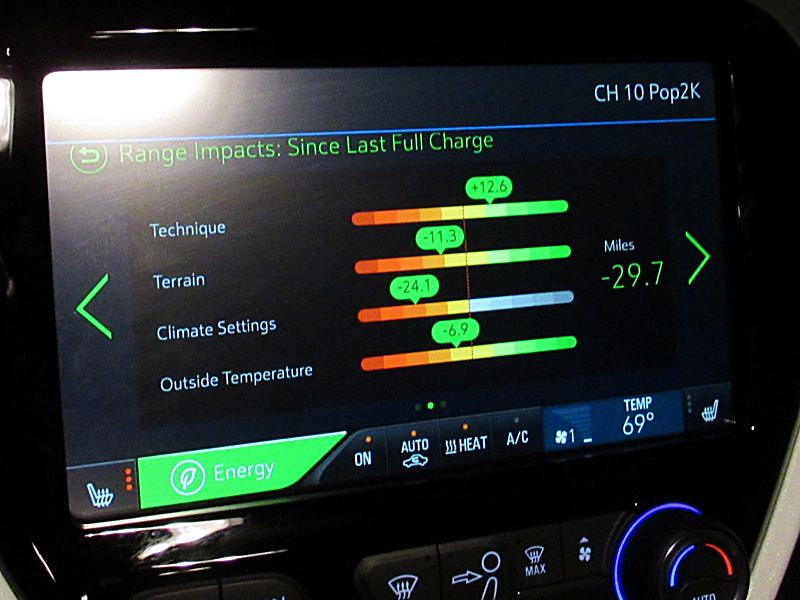
Photo by Brady Holt
How to Charge It
There are three ways to charge your Bolt. Most owners use a 240-volt car charger, which can be installed at home and is also the most common type of public charging station. It provides an estimated 25 miles of charge per hour, for a total charging time of around 10 hours if you start with a near-empty battery.
You can also use a standard 120-volt three-prong outlet, just like you’d use for your phone; it gives you an estimated four miles of range per hour (though we saw less during our test). That would be enough to keep your battery full if you drive, say, 40 miles per day and charge up at night, even without buying a home charging station. Lastly, when you need a boost in a hurry, the available DC Fast Charging at compatible public charging stations promises up to 100 miles of range in 30 minutes. DC Fast Charging capability is an option on the base Bolt LT and, in a welcome change this year, is now standard equipment on the top Premier trim level.
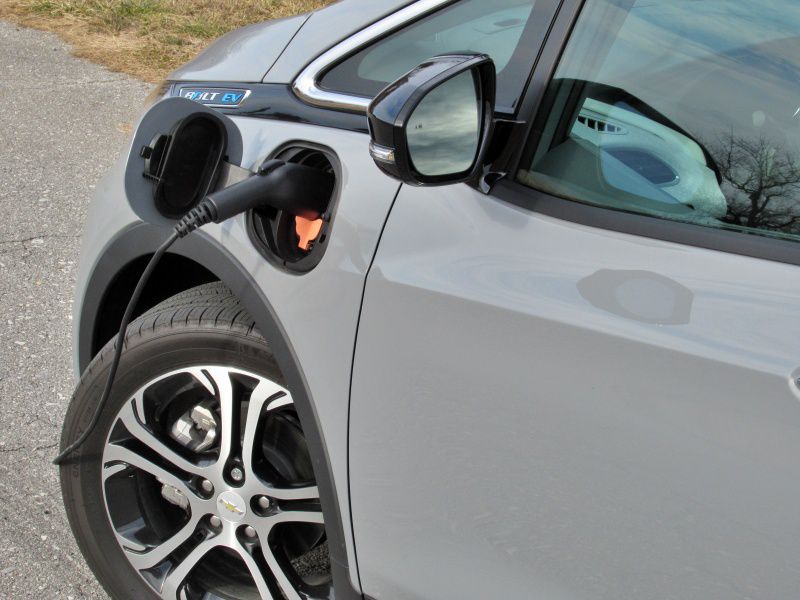
Photo by Brady Holt
Not Inexpensive
Range and charging times are two of the three factors that have slowed the adoption of electric vehicles. The third is their price. While they can save money in the long run thanks to reduced fuel and maintenance expenses, electric vehicles tend to be more expensive to buy than equivalent gas-only models.
Such is the case with the Bolt. It’s a small, tall hatchback, something like a subcompact crossover (though without the option of all-wheel drive). With a gas engine, such a car would start below $25,000. Instead, the 2021 Bolt EV starts at $36,500 for the LT and $41,700 for the Premier. What’s more, like Teslas but unlike most other competing electric vehicles, its buyers are no longer eligible for a $7,500 federal tax credit. That’s because General Motors and Tesla have sold more plug-ins than other carmakers and their wells of federal incentives are dry. This puts the Bolt at a disadvantage over competitors like the Hyundai Kona EV, which has a similar sticker price but Uncle Sam’s $7,500 discount. The good news is that we’ve seen some dealers offering big discounts, so get a local price quote if you’d be interested in the Bolt for less than $30,000.
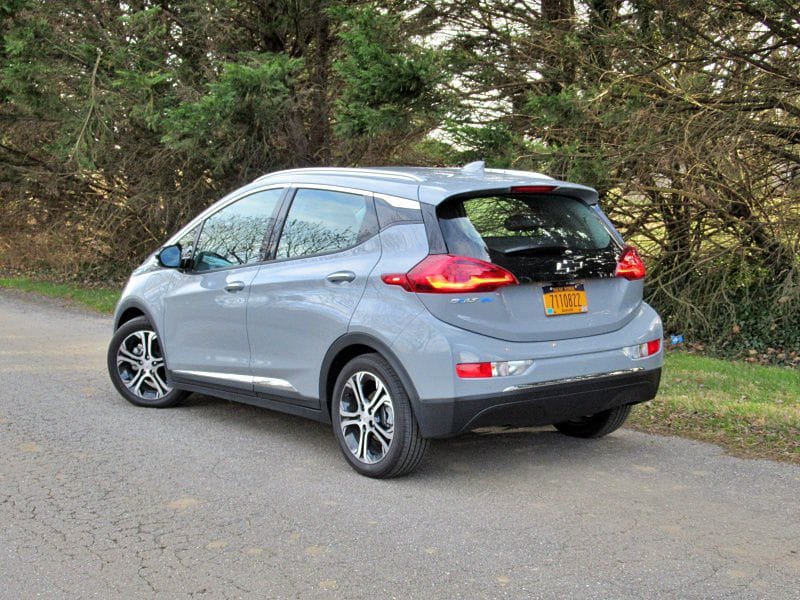
Photo by Brady Holt
Premium Driving Experience
The good news is that the Chevrolet Bolt EV does drive like a premium car. It’s not a luxury sports sedan like the Tesla, but this tall hatchback feels upscale of an ordinary subcompact crossover like a Kia Soul or Chevrolet’s own Trax.
A big part of that is the electric motor. With 200 horsepower, the Bolt EV is powerful for its size. And electric motors make their peak torque right off the line, so the vehicle leaps quickly from a stop. What’s more, electric motors are quiet, making its 6.5-second sprint to 60 mph feel effortless compared with the noisy, strained-sounding engine that’s typical of a small car. It’s not just the acceleration that’s upscale, though; the Bolt’s firm, responsive steering and comfortable, solid-feeling ride are welcome, too. Electric cars have heavy battery packs below their floors, improving their center of gravity, and you feel the Bolt benefit in routine driving. It’s not quite sporty when you push it harder, though, and a noisy highway ride — too much wind and road noise despite a silent motor — is far from upscale.
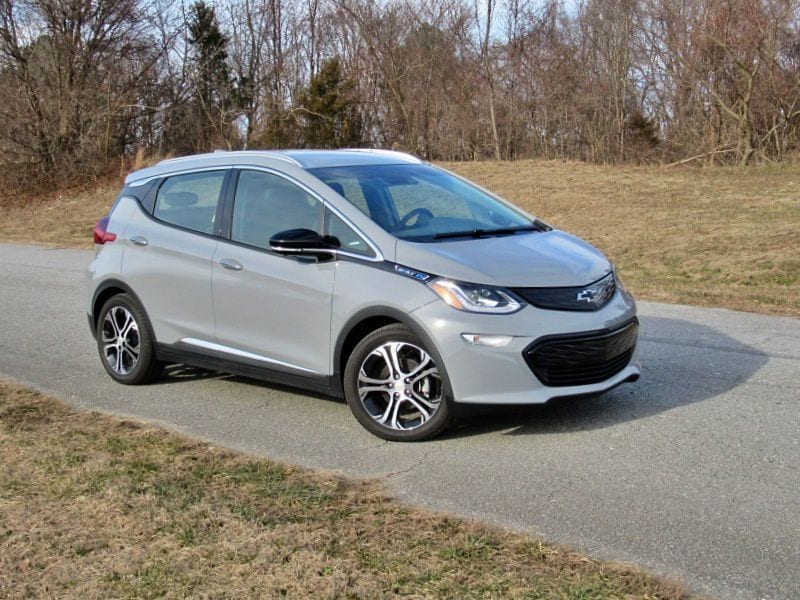
Photo by Brady Holt
Less-Premium Style
Where the Bolt stops resembling a premium experience is its design. It’s an attractive but ordinary-looking hatchback, more notable for its tall and narrow proportions than anything else. Unlike some electric cars, it pretends to have a front grille (even though there’s no engine under the hood to cool off with airflow) and its wheels look like any other Chevy’s.
The interior is a little more interesting, with some uniquely textured white plastics on the dashboard and door panels. It’s tech-friendly, with a good-sized 10.2-inch touchscreen and a digital gauge cluster as standard equipment. And unlike some high-tech cars, everything is easy to use. But it’s not fancy. Many cabin plastics are budget-grade: hard and cheap. The USB ports look tacked-on. The trim on the door panel doesn’t line up quite right with the dashboard. This is an economy car interior, and it has nothing on a Tesla for technology or a normal $40,000 vehicle for build quality. But some folks will appreciate that, unlike a Tesla Model 3, there’s no learning curve to figure out the Bolt’s controls. We wish its touchscreen were more responsive, though.
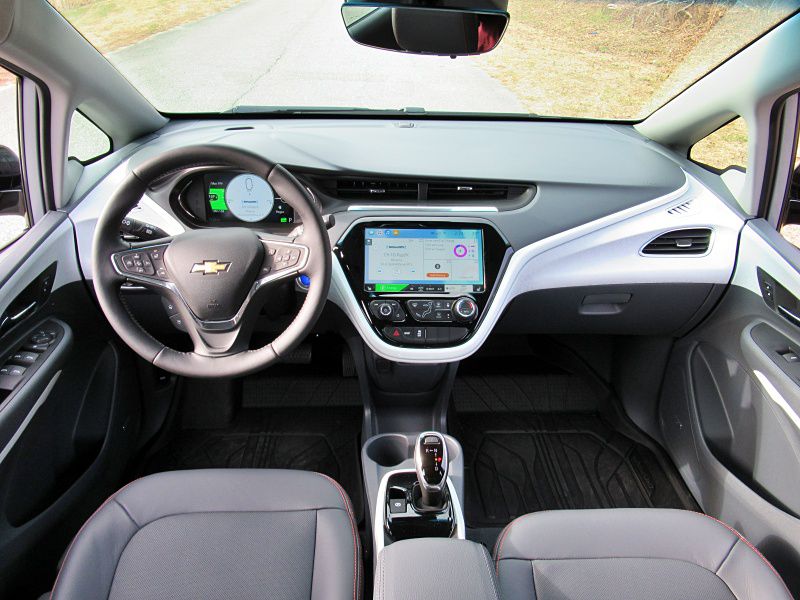
Photo by Brady Holt
Roomy for Its Size
The Bolt is a small car, but it makes good use of its size. Chevrolet considers it a hatchback, but it’s taller than some cars that call themselves SUVs. (Chevrolet is also planning to launch an even more SUV-like version of the Bolt for the 2022 model year, tentatively dubbed the Bolt EUV.) And because it doesn’t need to fit an engine up front, more of the car’s footprint goes to the passenger compartment than the hood. The result is an SUV-like 56.6 cubic feet of cargo space with the rear seat folded, though a more modest 16.9 cubic feet with the rear seat in place.
There’s room for five adults, and four can fit without too much squishing. But despite the Bolt’s height, the seats are mounted so high that tall passengers have limited rear headroom, and tall drivers have to duck down to see stoplights. The front seats are also narrow and hard, less comfortable than we’d prefer. And you can’t get power seat adjustments.
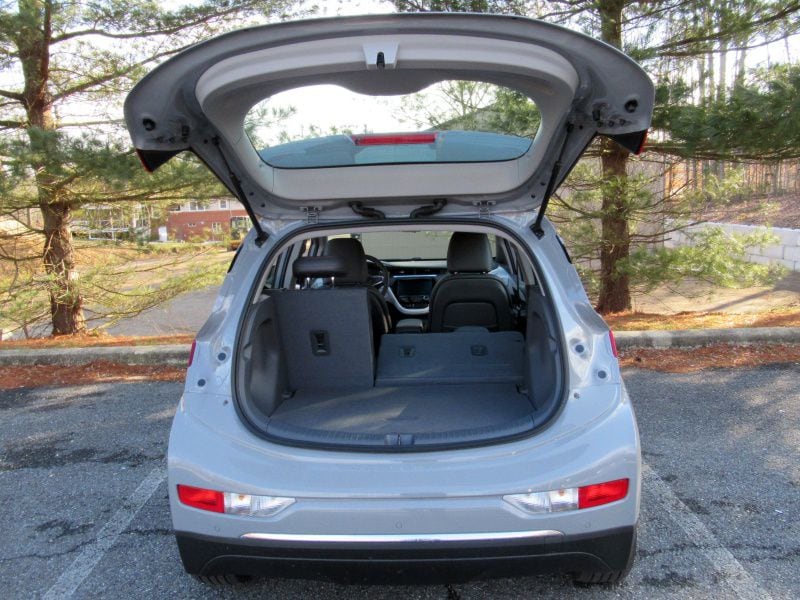
Photo by Brady Holt
Optional Safety
Unlike on many current cars, most advanced safety features cost extra on the 2021 Chevrolet Bolt EV. These include automatic emergency braking, lane-keep assist, and blind-spot monitoring. At least they’re available even on the base LT model; some Chevrolets limit them to top trim levels. Adaptive cruise control isn’t available at all, leaving no competitor to Tesla’s famous Autopilot, but the 2022 Bolt EUV is expected to add the even more sophisticated SuperCruise semiautonomous driving system that debuted a few years ago on select Cadillac models.
In crash testing, the Bolt generally fared well. It earned the top score of Good in most Insurance Institute for Highway Safety evaluations, but it slipped to the second-highest rating of Acceptable in the organization’s newest test (the small-overlap offset crash test of the passenger’s side) and for its headlight performance. The National Highway Traffic Safety Administration gave it a top five-star overall score, but it slipped to four stars for its frontal-impact performance. That imperfect performance is nothing inherent to an electric vehicle and is more of a sign that the Bolt EV is starting to show its age compared with newer competitors.
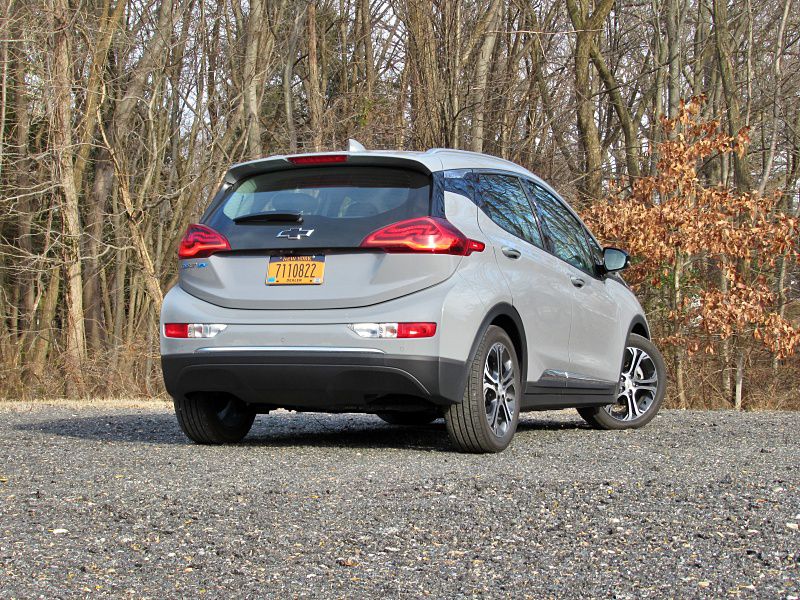
Photo by Brady Holt
All-Electric Alternatives
The Bolt EV faces a growing crowd of competitors. One of its best-known affordable rivals is the 2021 Nissan LEAF, the first successful electric car in the U.S. The Leaf substantially undercuts the Bolt EV’s price tag, starting at $31,460 and still qualifying for the $7,500 tax credit. It’s a comfortable but anonymous economy car, great for saving money but not for making a statement about the future, even compared with the Bolt. Its base range is 150 miles, but buyers can also upgrade to a bigger battery for up to 226 miles. For a similar range to the Bolt EV and a similar quasi-SUV flavor, the 2021 Hyundai Kona EV has a similar sticker price and range, a little less interior room, and eligibility for the big tax break.
Then, of course, there’s Tesla. The Model 3, the world’s best-selling electric car, has a base sticker price that’s just a few thousand dollars more than the Bolt’s — and its performance, style, and technology are otherworldly in comparison. Still, you can’t haggle a discount from Tesla like you can from Chevy. The Model 3 sedan also has less cargo room and more challenging controls than the Bolt.
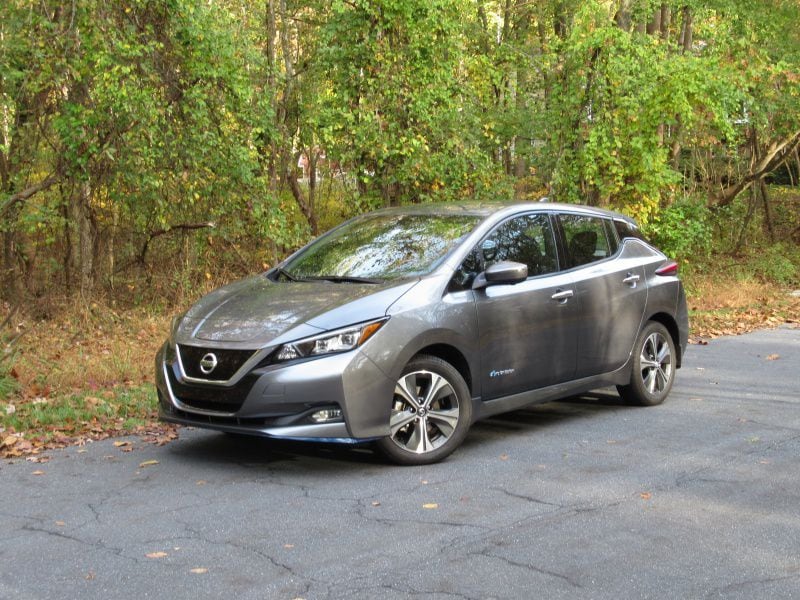
Photo by Brady Holt
For Now, Look for a Discount
The 2021 Chevrolet Bolt EV is a present-day look at the advantages of electric vehicles. It’s quick, quiet, agile, and cheap to operate, and its range is more than sufficient for many drivers.
Still, it’s clearly not for everyone. While many people can get around fine within the Bolt’s range limits, others can’t, or would at least need the availability of a gas-powered vehicle for occasional longer trips. And the Bolt’s upfront cost is also high. By 2035, we expect electric vehicles to become more affordable and EV charging infrastructure to improve substantially. If you’re already willing to give it a try, though, it’s not too early to seriously consider the Bolt or another electric vehicle. Even at more than $35,000, the Bolt EV couples long-term savings and environmental benefits, with an excellent driving experience to boot. And while your experience will vary, we’ve seen some dealerships offering more than $10,000 off the Bolt’s sticker price — GM might not be able to turn a profit yet at such a low price, but if you find a deal like that, it becomes easy to forgive a budget-grade interior and go gas-free today.
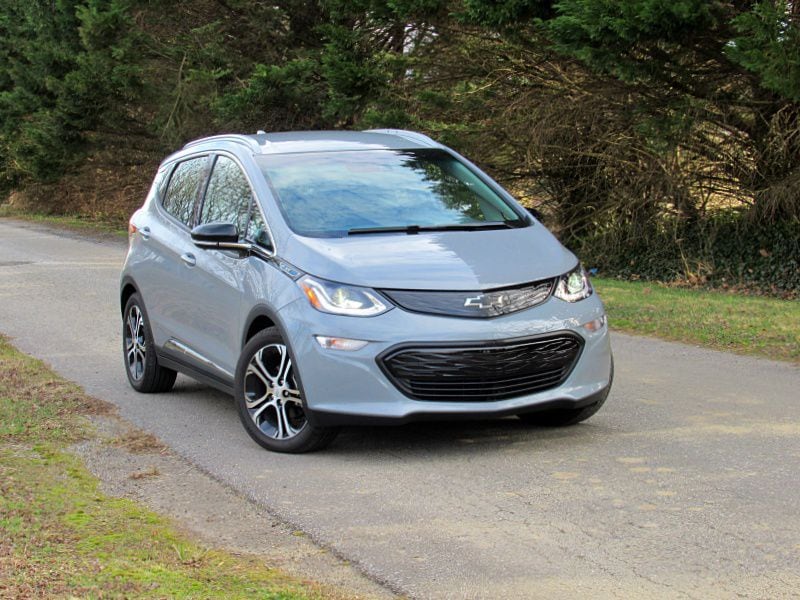
Photo by Brady Holt